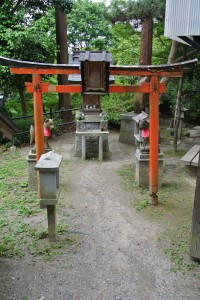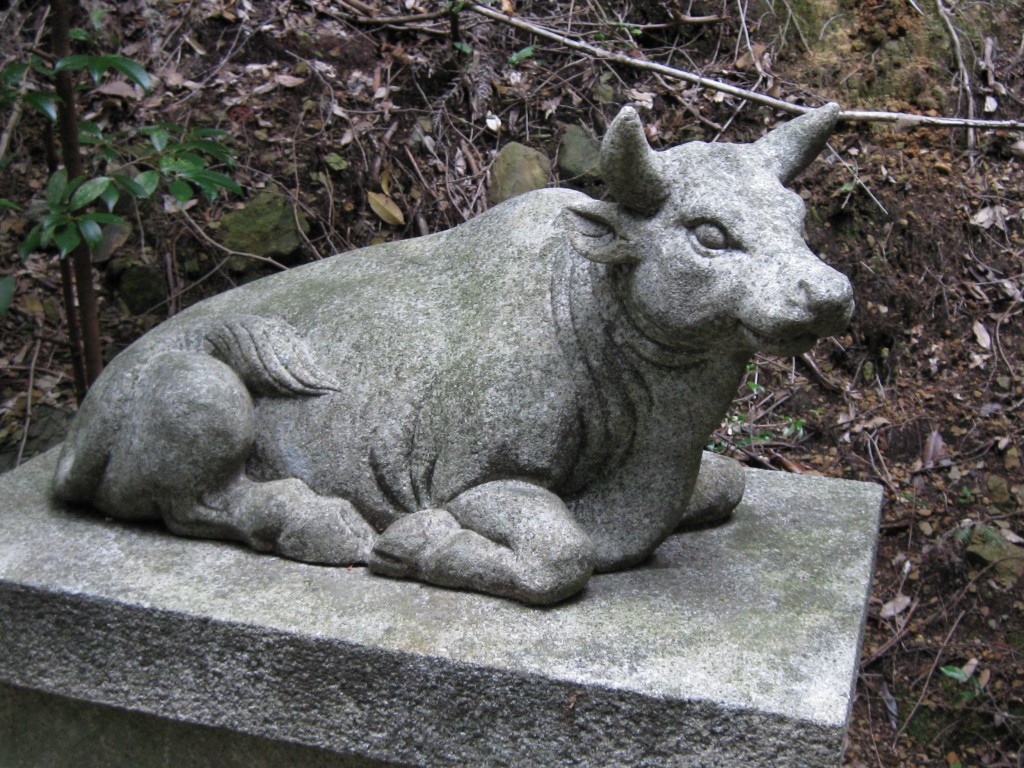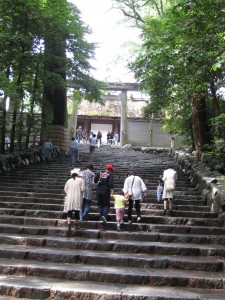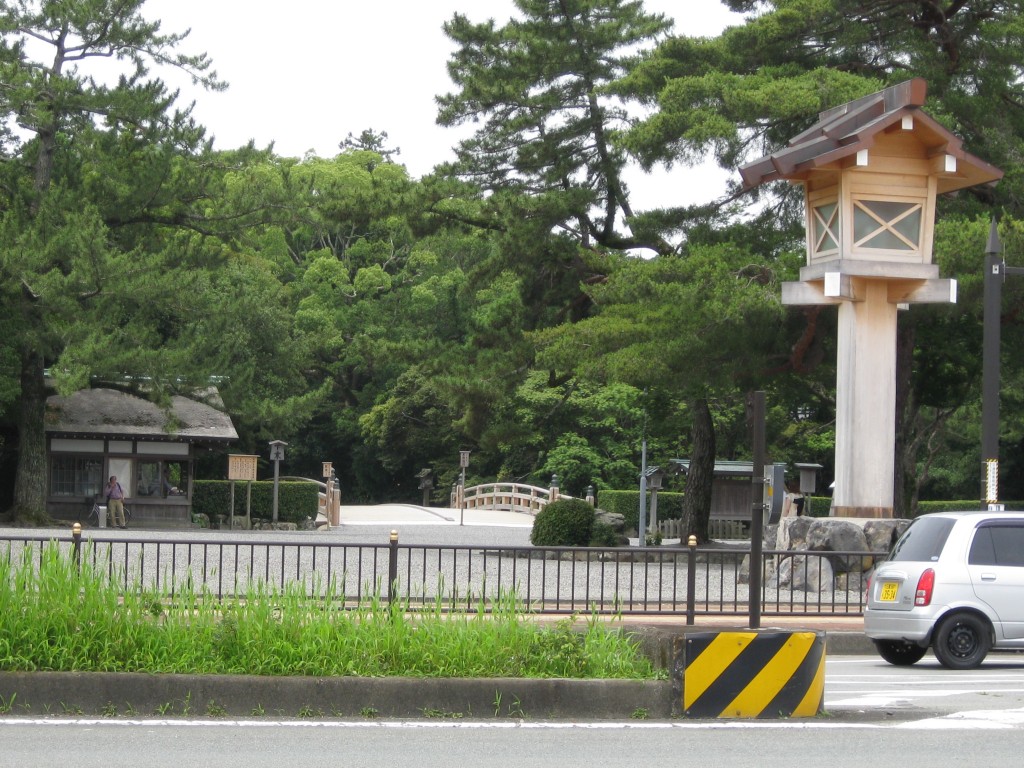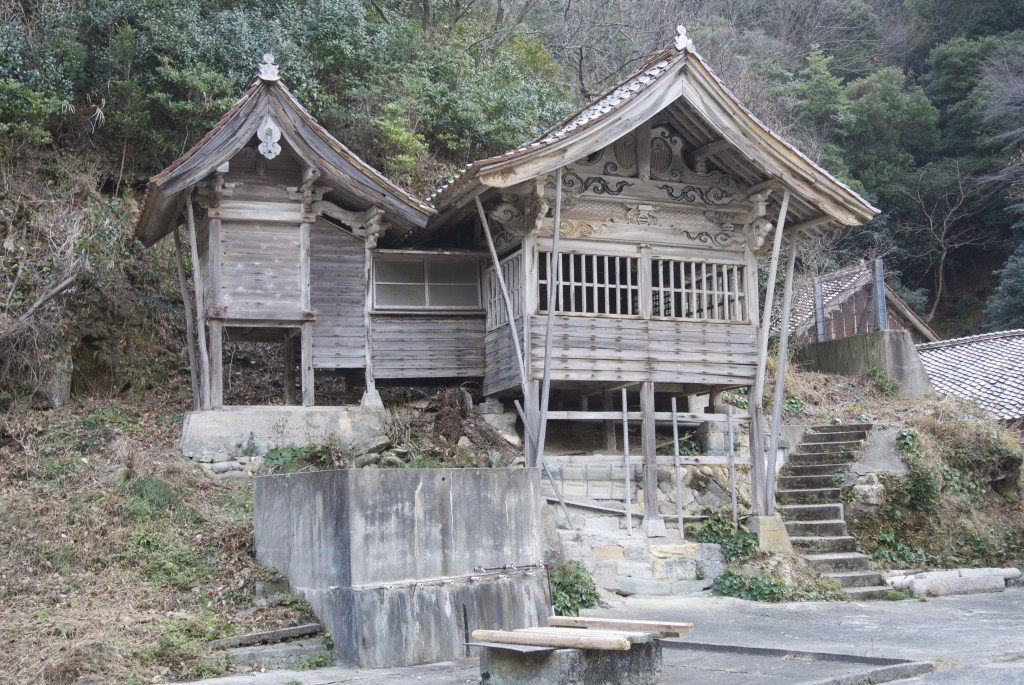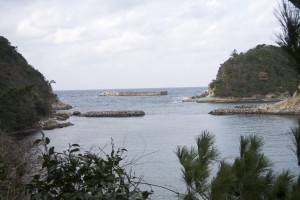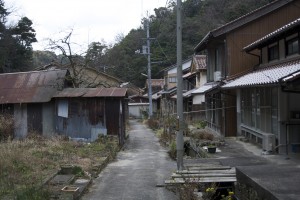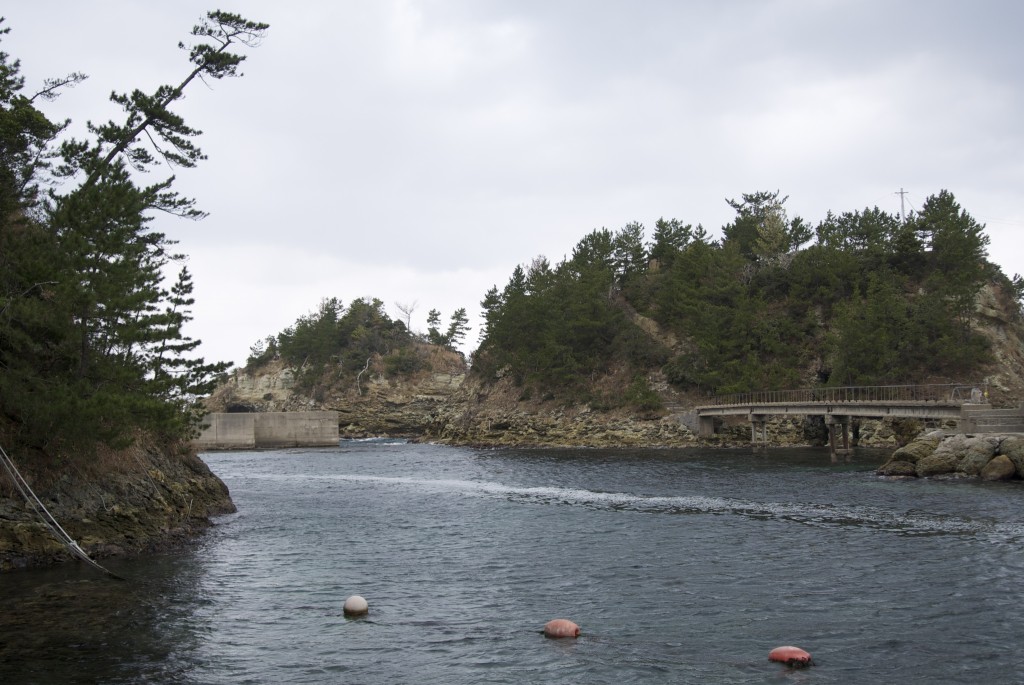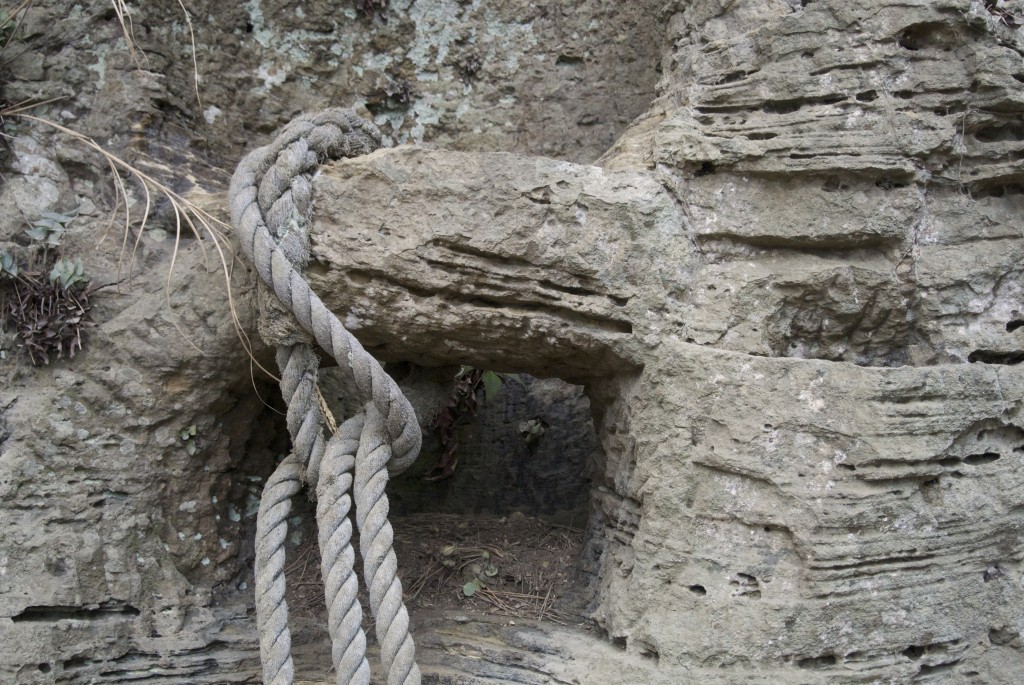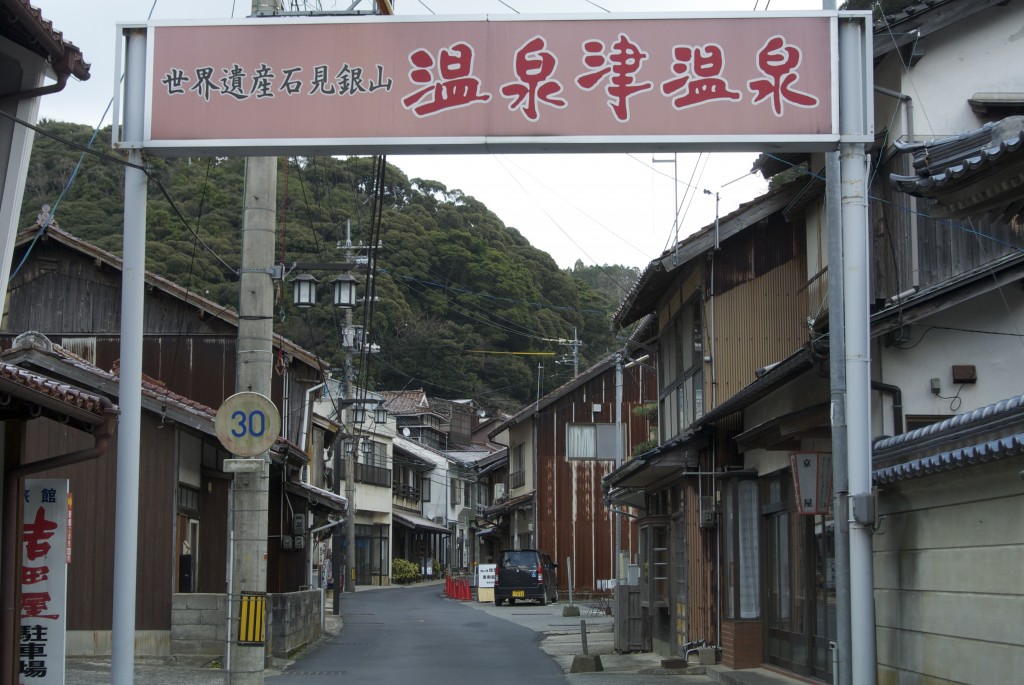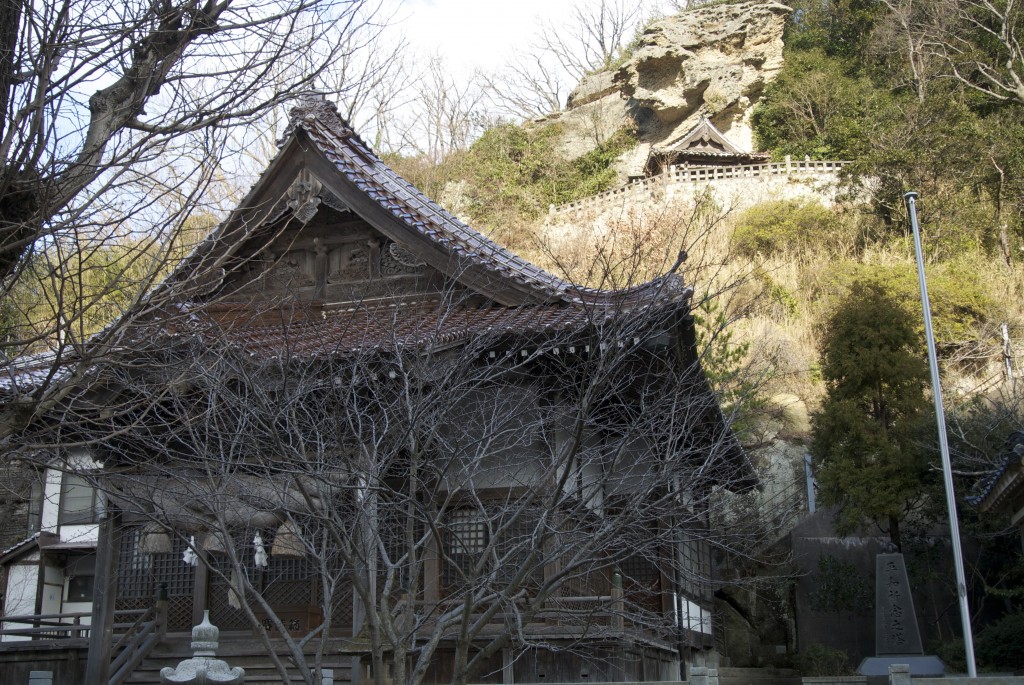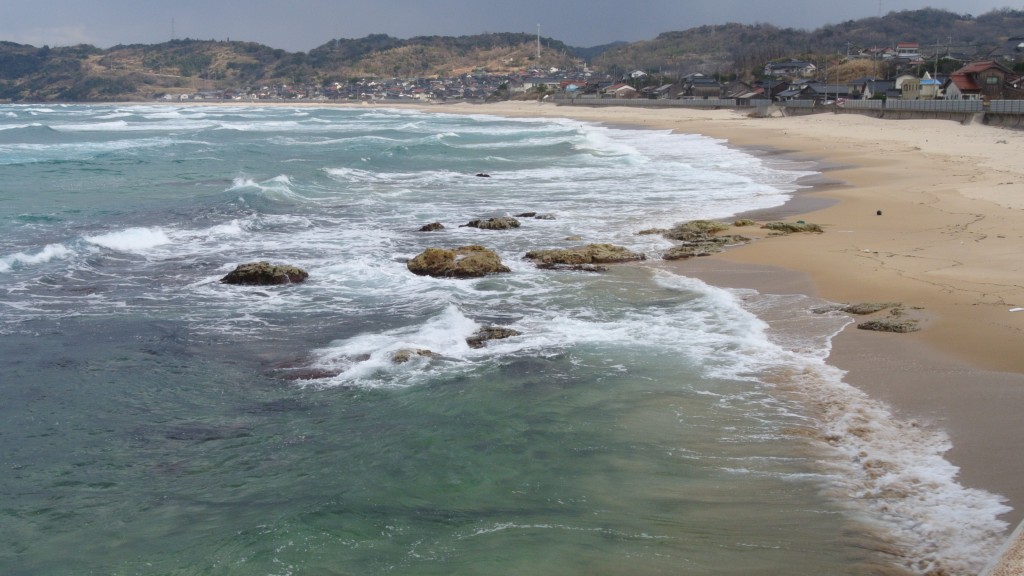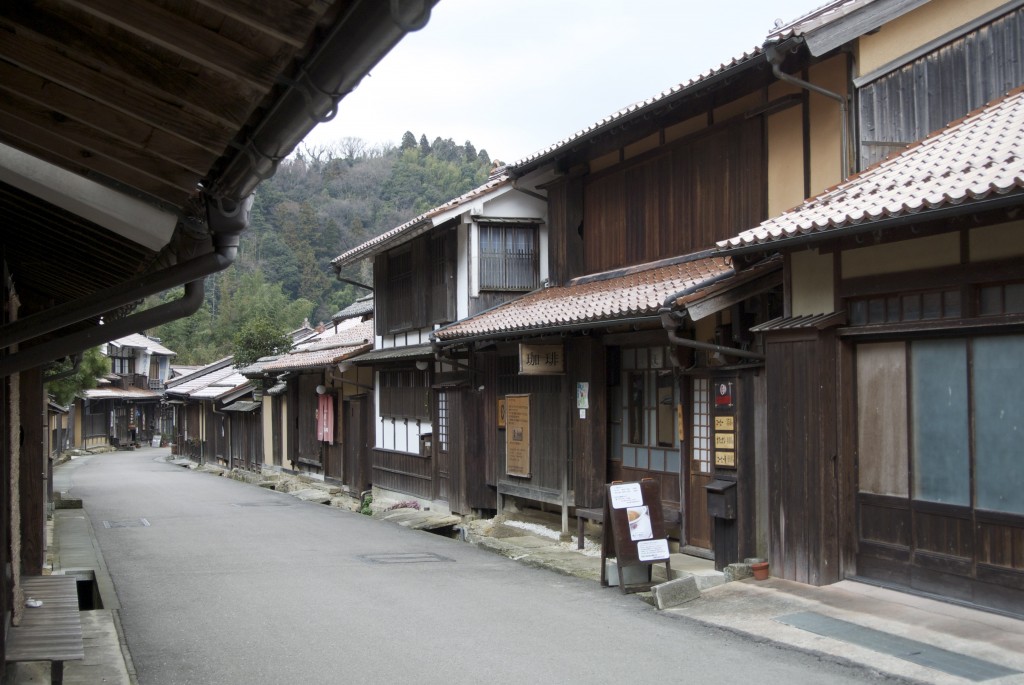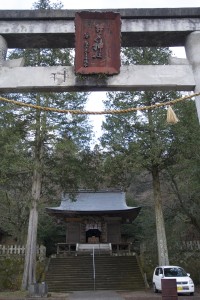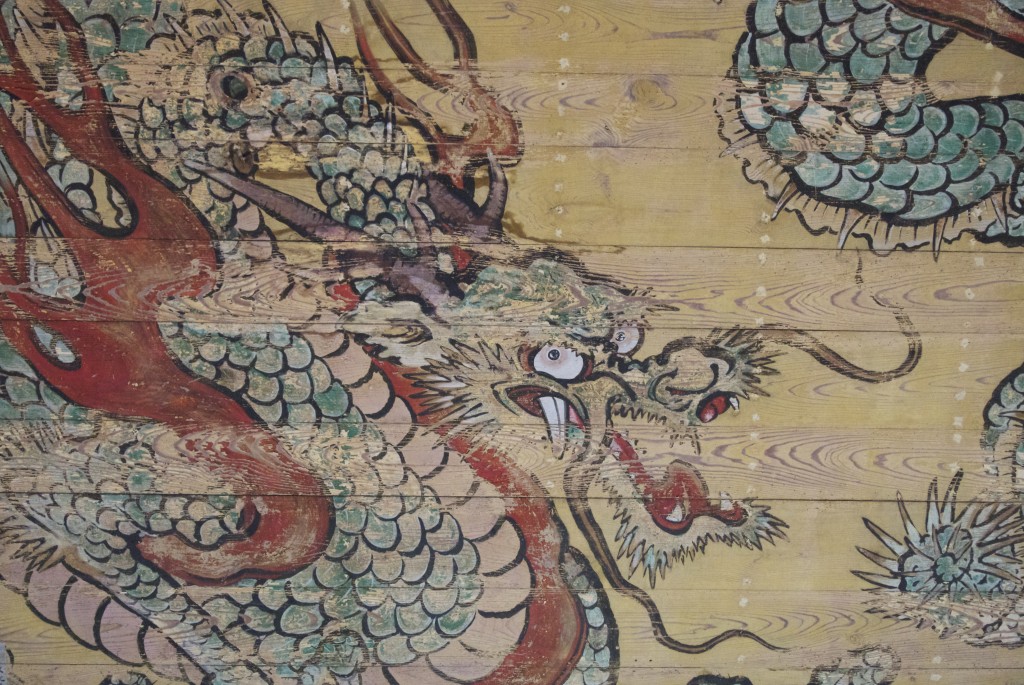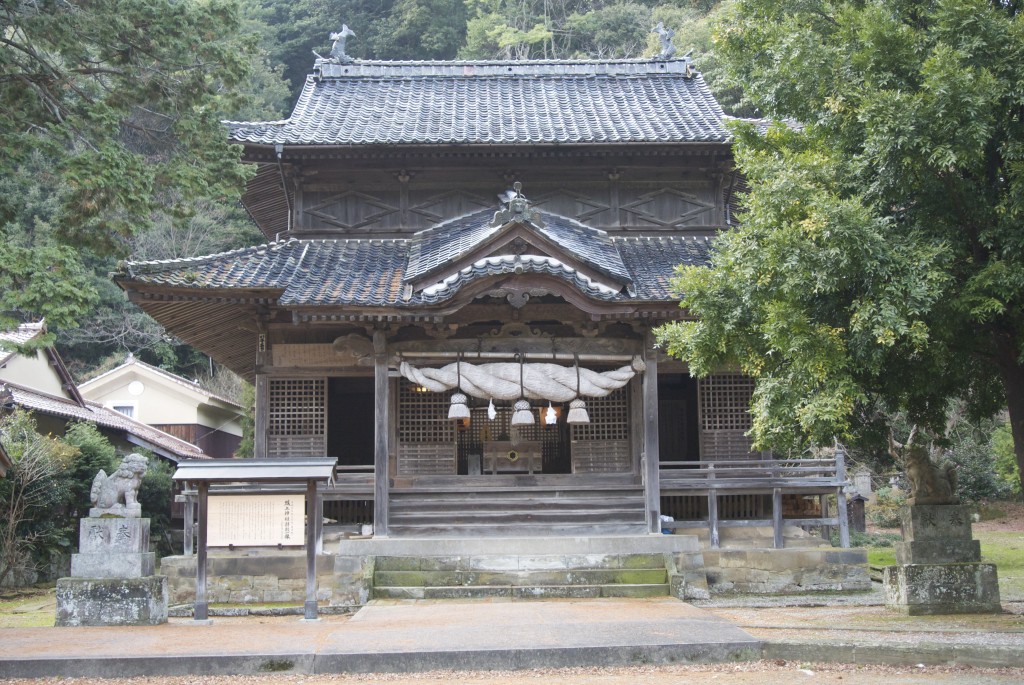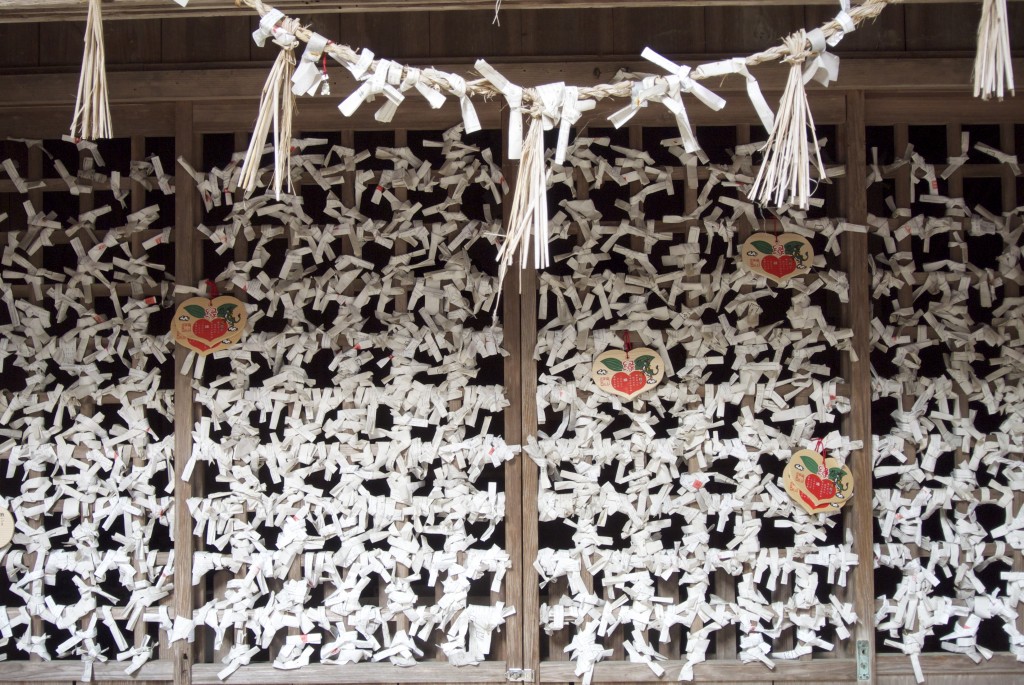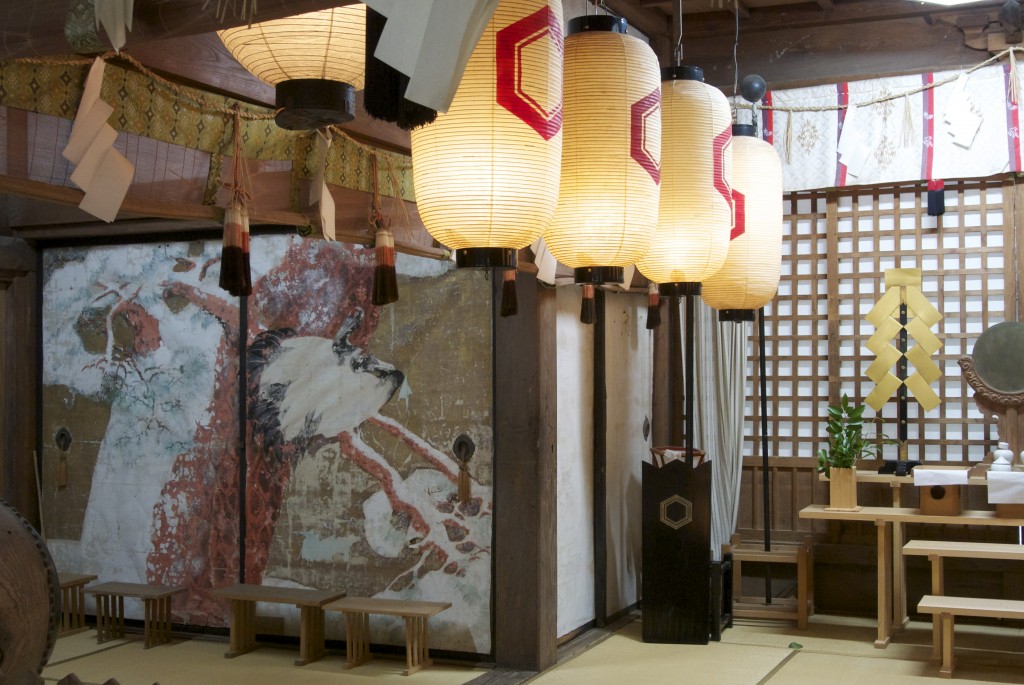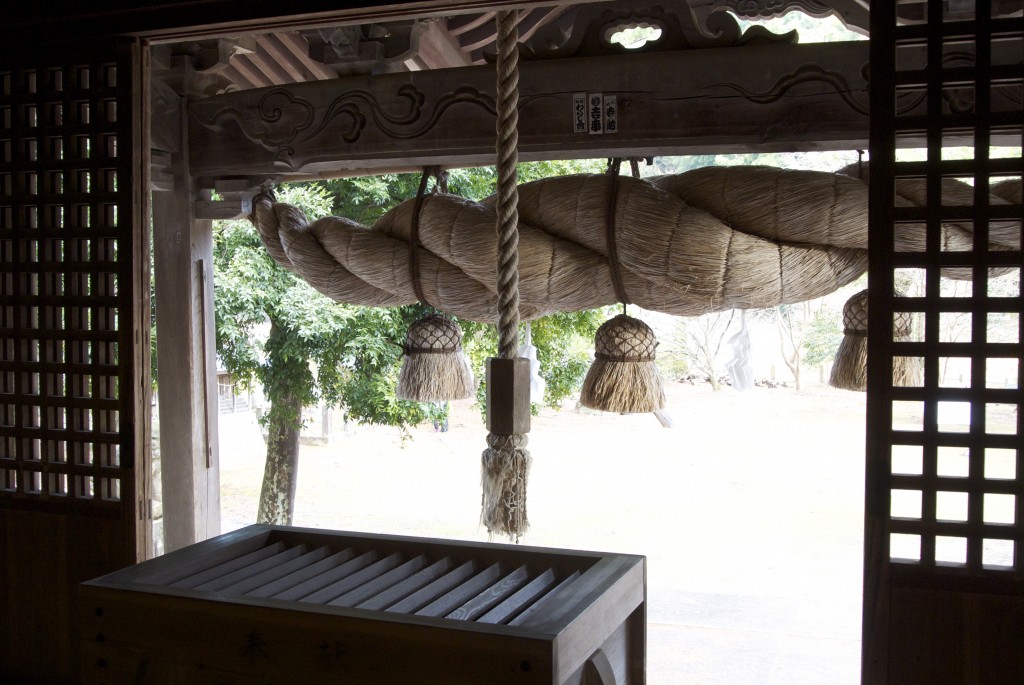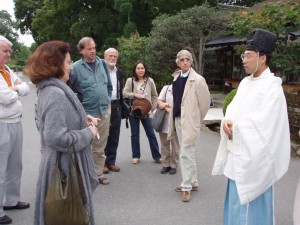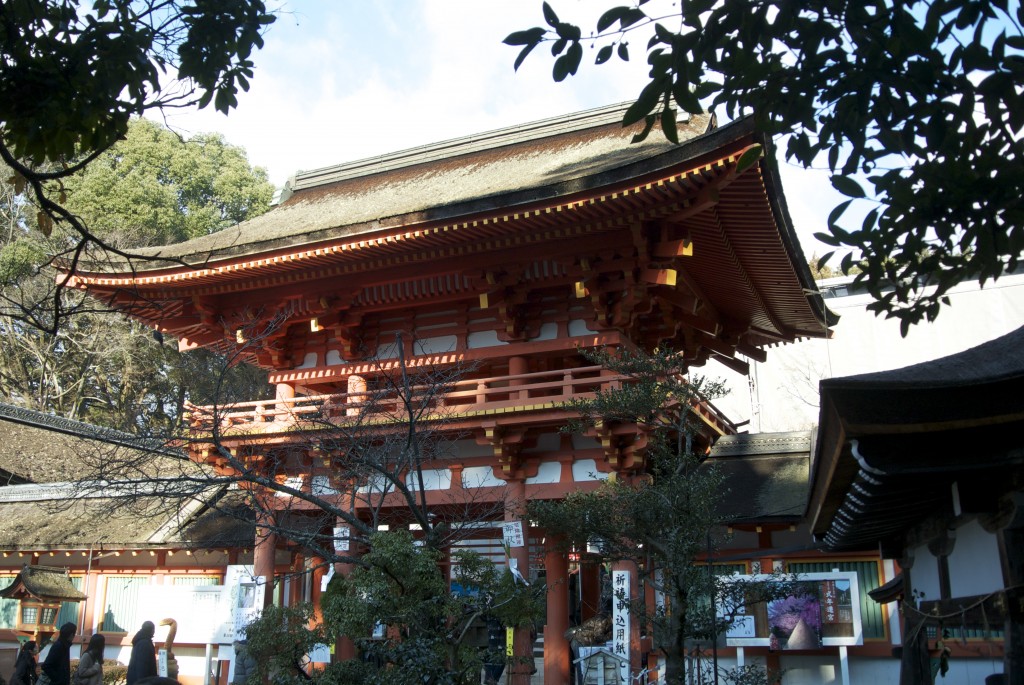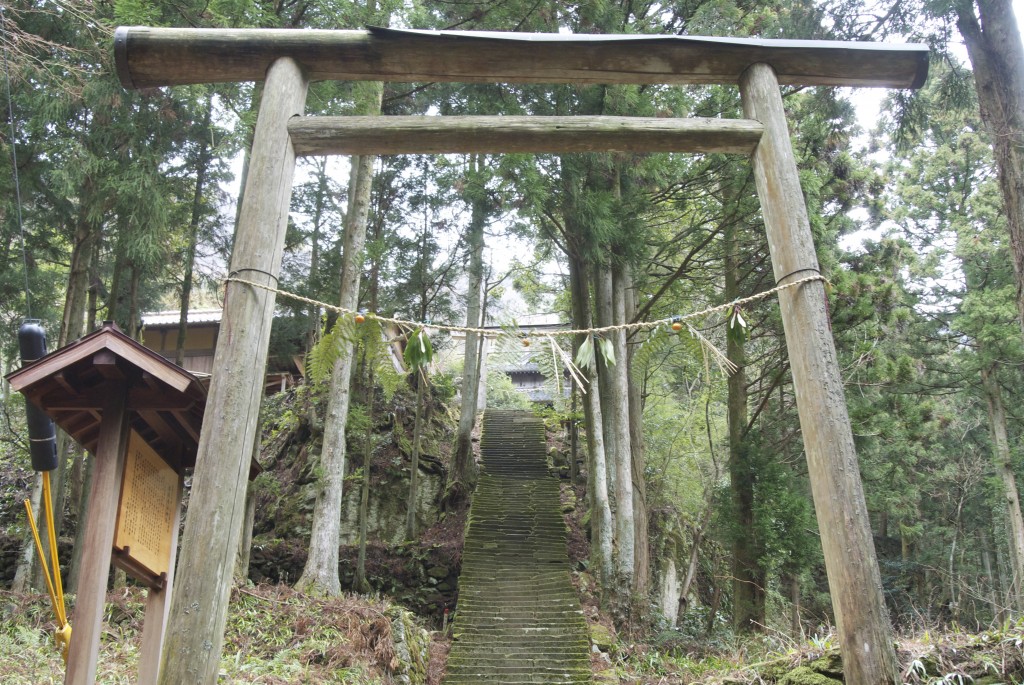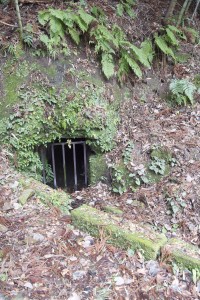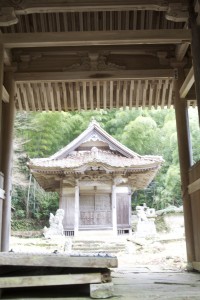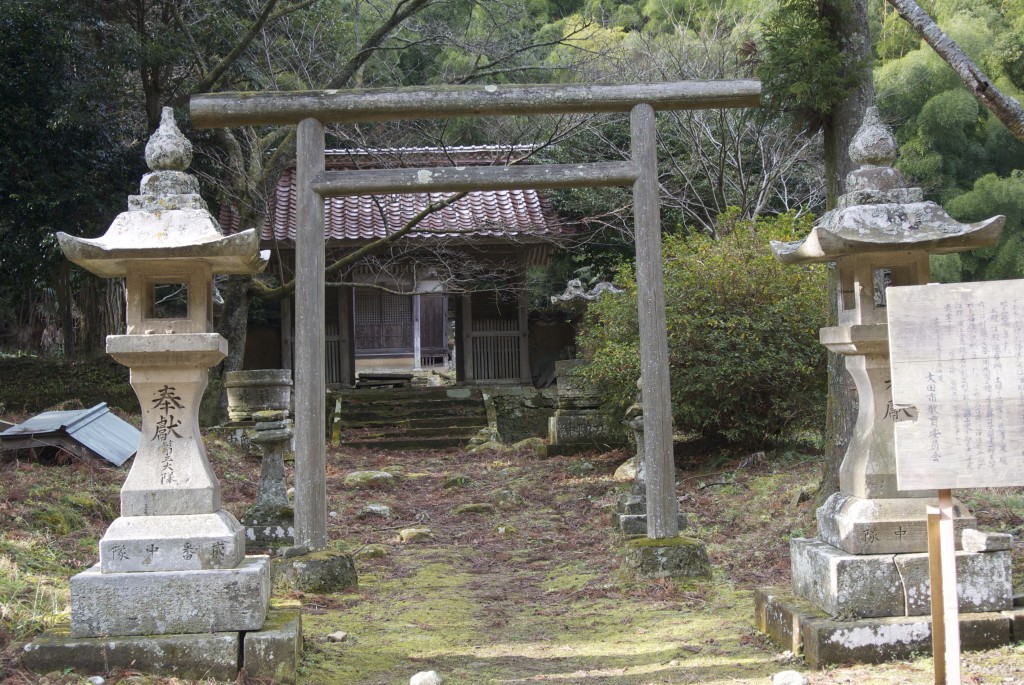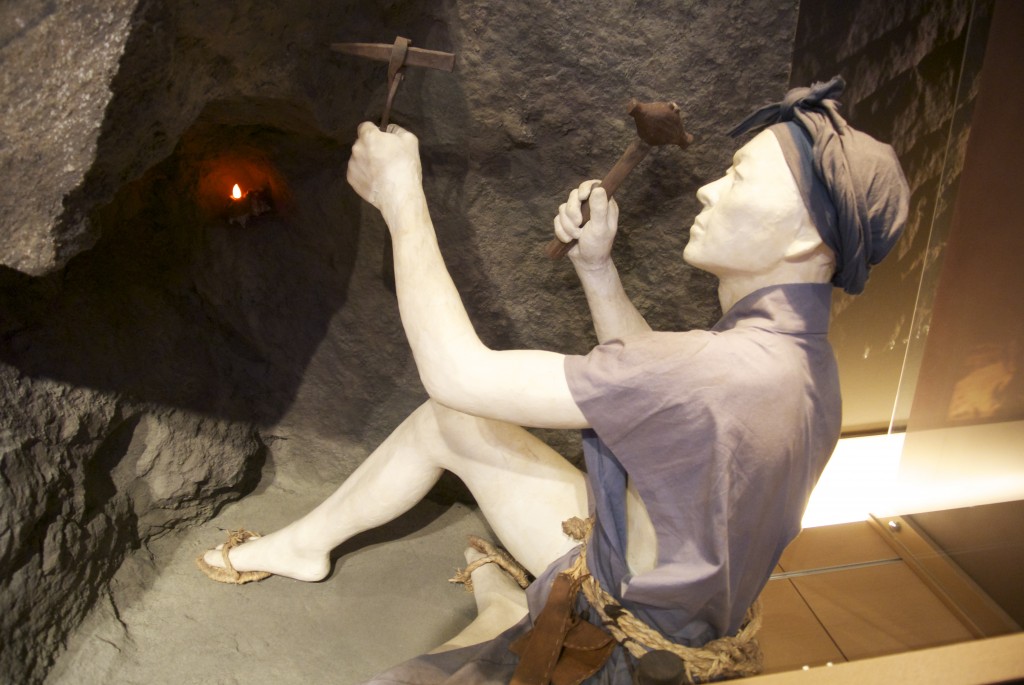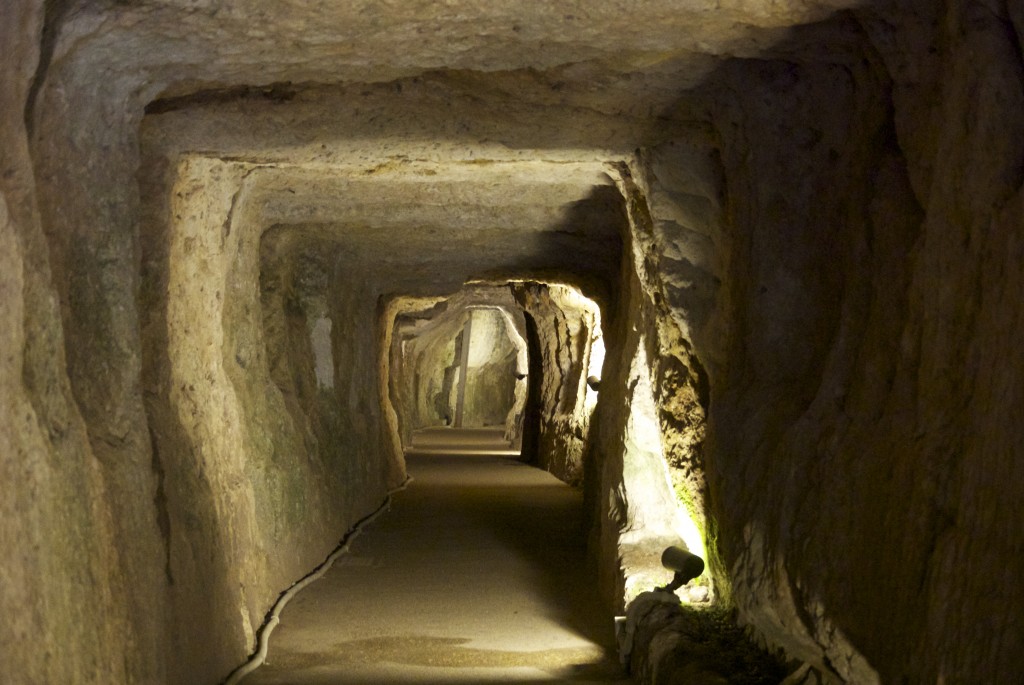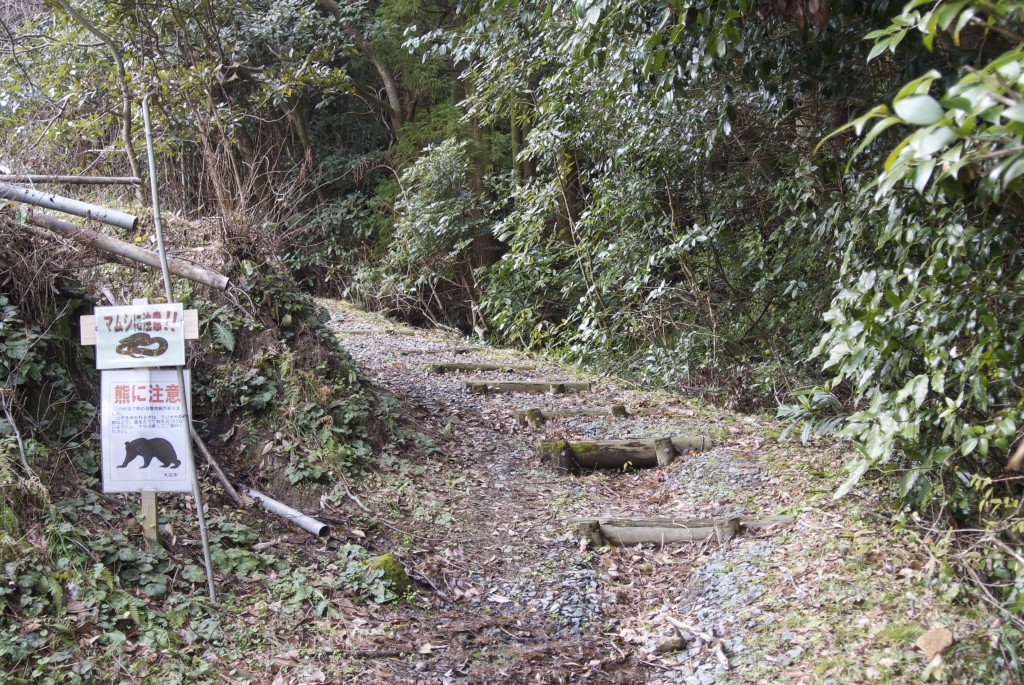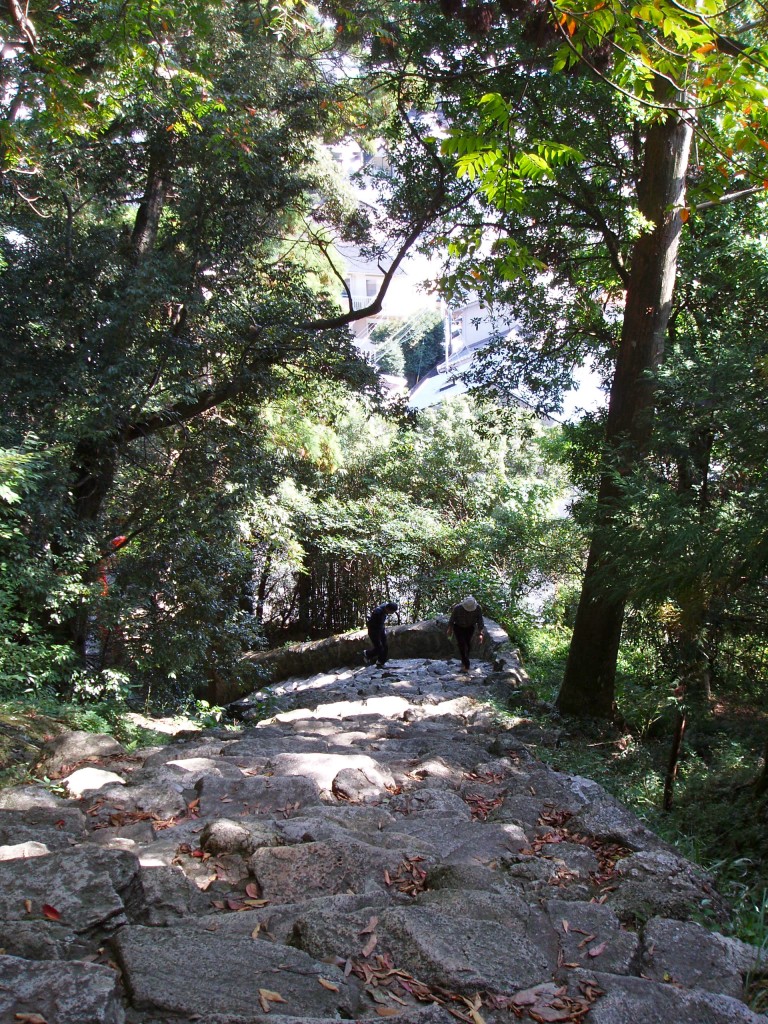
The Kumano stairway to heaven
Stairway to Heaven by Natalie Emmons
Kansai Scene (Dec. issue)
The serene beauty of the Kumano Kodo is as legendary as its history. For centuries, this network of mountainous pilgrimage routes has granted each traveller a stimulating physical and spiritual journey. The divine panoramas, the moss-covered shrines, and the ethereal stillness of the forest create an atmosphere of otherworldly transcendence. Regrettably, there is nothing like sore calves to yank you back to reality.
For Kumano Kodo novices, the Nakahechi section of the pilgrimage is a great place to start. Stretching across the southern tip of the Kii Peninsula, this popular trail connects three renowned Shinto shrines known as the Kumano Sanzan. Originally used by the Japanese aristocracy, the Nakahechi route has existed for over 1,000 years. Judging by the trail’s terrain, the imperial family must have been in great shape. Don’t let nomenclature fool you.
From towering cobblestone steps to slippery muddy slopes, it’s hard to imagine how the ancestors did the entire pilgrimage in straw sandals. No wonder the ancient resting places called out “We have tofu and hot baths!” to passing travellers. Even in the midst of idyllic landscapes, you will soon be yearning for a different sort of paradise, the kind that involves a long, hot soak and a hearty meal.
Luckily, there are magnificent onsen along the trail, several of which are clustered around Hongu Grand Shrine. Located roughly at the center of the Nakahechi trail, Hongu Shrine is the head of over 3,000 affiliated shrines and the ultimate goal of the Kumano Kodo. No trophy awaits you at the finish line, but a visit to the nearby hot springs is an excellent way to reward your efforts and revive your strength.
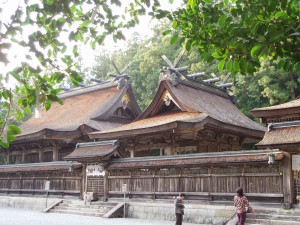
Hongu, one of the three famous Kumano Shrines to which pilgrim trails lead
A few kilometers uphill from Hongu Shrine is the charming village of Yunomine Onsen. Discovered approximately 1,800 years ago, Yunomine is one of the oldest onsens in Western Japan. In the past, pilgrims carried out purification rituals with water from the town’s bubbling springs. According to legend, the waters of this spiritual onsen have strong healing properties.
Yunomine is also the home of Tsuboyu, the only onsen that appears on UNESCO’s prestigious list of World Heritage Sites. [Green Shinto: there is also a hot spring at Yunotsu, part of the World Heritage listed Iwami Silver Mine, but for an explanation about this please see the Comment below.]
Located in the middle of the village, this tiny bath is housed in a cabin and available for private use. A nearby stall sells tickets for 30-minutes access to the shack. Tsuboyu is more like a rocky pit than a spacious tub and has barely enough space for two bathers. (Don’t be surprised if the water is scalding; just mix in cold water from the tap to adjust the temperature. The ancestors won’t judge you for it.) After you finish your turn, there is a 90-degree hot spring where you can cook eggs and vegetables.
A short hike south from Yunomine is Wataze Onsen, another rural hot spring village worth noting. Also referred to as Watarase Onsen, this town is known for having the largest open-air bath in Western Japan. Paved with stone and surrounded by mountains, this giant onsen is a magical place to recuperate. If you prefer something more isolated, the private open-air baths are perfect for couples or small groups.
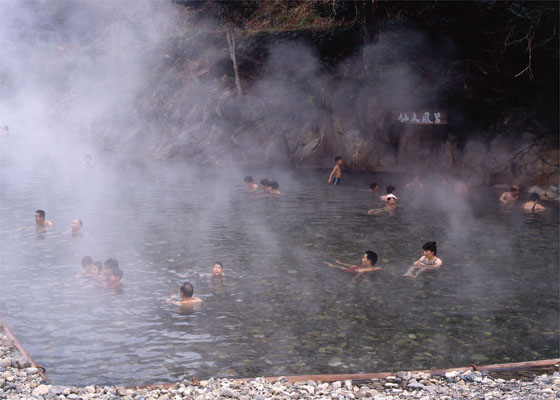
Kawayu hot spring (courtesy of Wakayama tourist board)
Each Kumano onsen has something unique to offer, but Kawayu Onsen is the most magical. Its bubbling springs run parallel with the Oto River allowing the two water temperatures to mingle. By digging into the riverbanks and letting hot spring water seep through the rocks, you can create your own personal hot tub. Even the ducks appreciate this natural wonder by darting back and forth between the two temperatures, their feathers quivering at the sensation.
In the winter season, a giant bath is sculpted to accommodate more people and eliminate the task of digging. This Sennin-buro, (literally, “1,000-person bath”), is free of charge and open 16 hours per day. On special occasions the bath is lit with bamboo lamps. Once you step into the soothing water and watch the steam rising into the night sky, you won’t ever want to leave.
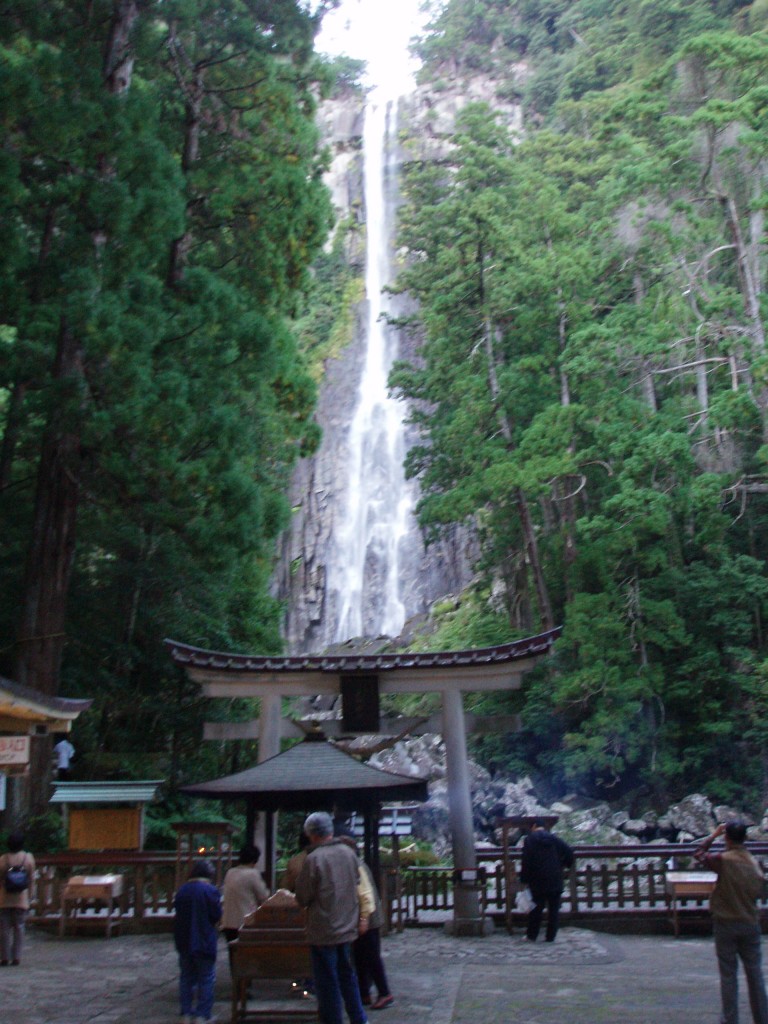
The ultimate water experience: Kumano's Nachi Shrine


